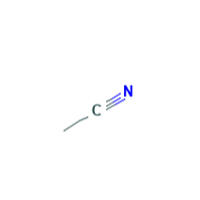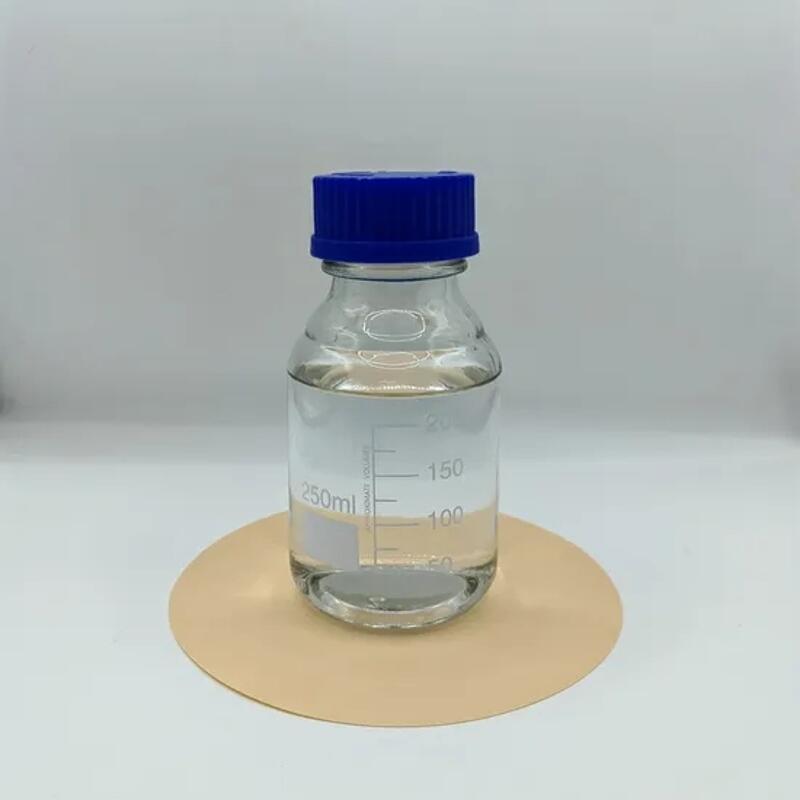-
Categories
-
Pharmaceutical Intermediates
-
Active Pharmaceutical Ingredients
-
Food Additives
- Industrial Coatings
- Agrochemicals
- Dyes and Pigments
- Surfactant
- Flavors and Fragrances
- Chemical Reagents
- Catalyst and Auxiliary
- Natural Products
- Inorganic Chemistry
-
Organic Chemistry
-
Biochemical Engineering
- Analytical Chemistry
-
Cosmetic Ingredient
- Water Treatment Chemical
-
Pharmaceutical Intermediates
Promotion
ECHEMI Mall
Wholesale
Weekly Price
Exhibition
News
-
Trade Service
1-Nitronaphthalene is an important organic compound commonly used in the chemical industry.
It is a yellow or greenish-yellow solid that is highly soluble in water and many organic solvents.
The compound is used in a variety of applications, including the production of dyes, chemical intermediates, and pharmaceuticals.
In this article, we will explore the instruction of 1-nitronaphthalene in the chemical industry, including its production, uses, and potential hazards.
Production of 1-Nitronaphthalene
1-Nitronaphthalene is typically produced by a chemical reaction known as nitration, in which nitrating agent such as nitric acid is used to introduce nitro groups (-NO2) into the aromatic ring of benzene.
The reaction is typically carried out in the presence of solvents such as sulfuric acid and water, and the product is then purified by various methods such as recrystallization or chromatography.
Uses of 1-Nitronaphthalene
1-Nitronaphthalene is used in a variety of applications in the chemical industry.
One of its most common uses is as an intermediate in the production of dyes.
It is also used in the production of pharmaceuticals, perfumes, and other chemical intermediates.
1-Nitronaphthalene is also used in the production of explosives, due to its ability to undergo thermic decomposition, which produces a large amount of energy.
It is also used as an oxidizing agent in the production of other chemicals.
Potential Hazards of 1-Nitronaphthalene
1-Nitronaphthalene is a potentially hazardous compound, and proper safety measures should be taken when handling it.
It is highly soluble in water, and exposure to water can cause fire or explosion hazard.
It is also highly flammable and can ignite when exposed to heat or sparks.
Inhalation of the vapor or dust can cause irritation of the respiratory system, and prolonged exposure can cause skin irritation.
Ingestion of the compound can cause nausea, vomiting, and abdominal pain.
The compound is also harmful if swallowed, and it can cause skin irritation.
Handling and storage of 1-nitronaphthalene should be carried out in a well-ventilated area, away from any ignition sources.
It should be stored in a cool, dry place, and protective gloves, eyewear, and protective clothing should be worn when handling the compound.
Conclusion
1-Nitronaphthalene is an important compound in the chemical industry, with a wide range of applications.
However, it is also a potentially hazardous compound, and proper safety measures should be taken when handling it.
This article has covered the production, uses, and potential hazards of 1-nitronaphthalene, providing important information for those working in the chemical industry.
It is important to note that the information provided in this article is for general information and educational purposes only.
It should not be used as a substitute for professional advice and information from a qualified expert in the relevant field.
Before handling or using any chemical compound, it is important to consult with a qualified professional and






